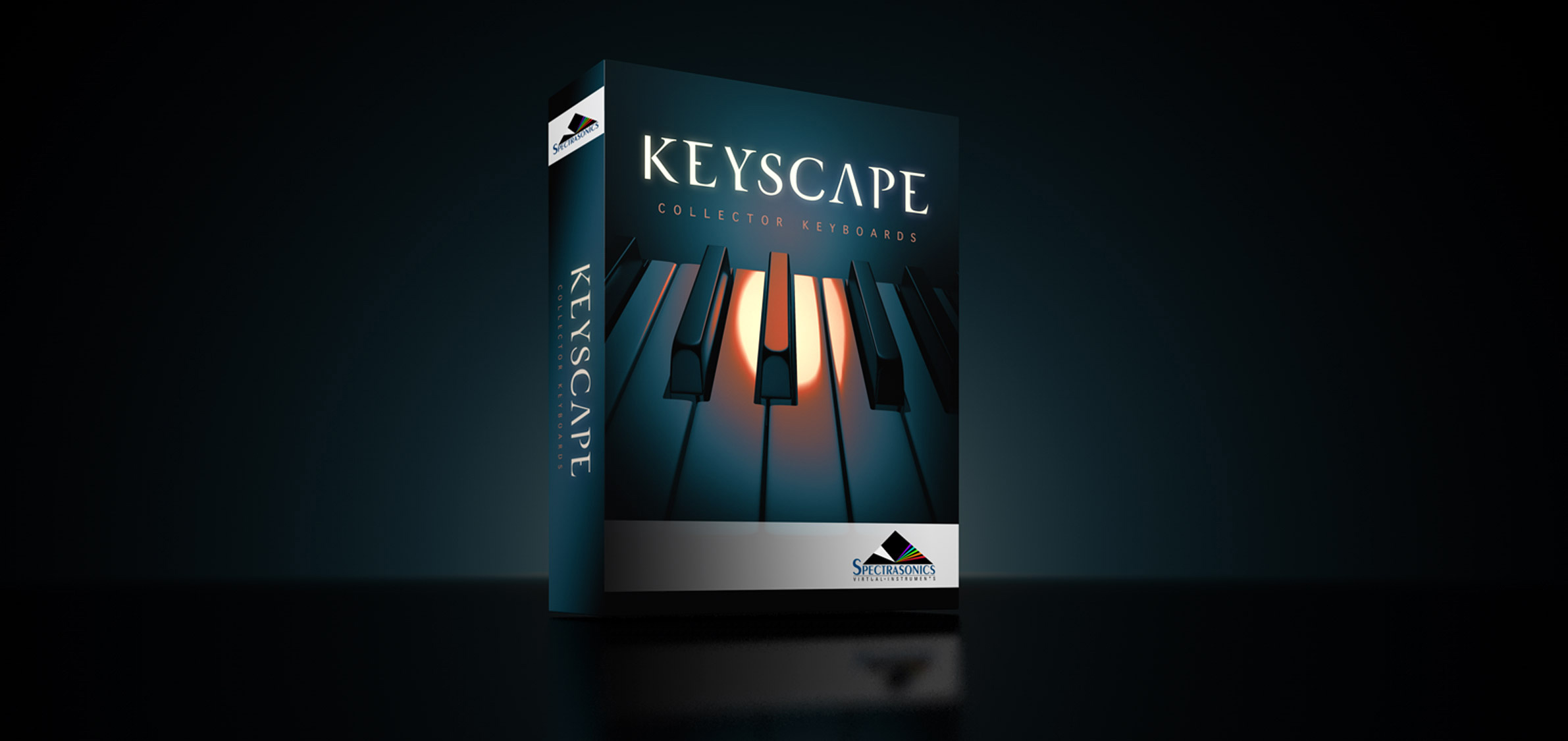
Predecessor to the Celeste, the Dulcitone was invented in Scotland in 1860, and only a few survive in playable condition today. Named for its sweet sound, its felt-covered, wooden hammers strike an array of tuning forks, which resonate through a small, wooden sound chamber. Popular for its portability and the fact that its tuning forks would not drift out of tune, the Dulcitone was a favorite aboard trains and ships. It was even carried on the backs of missionaries into remote jungles to accompany their church services. The Dulcitone fell out of favor in the concert hall due to its limited volume and was replaced in most orchestras by the Celeste.
The Dulcitone was invented in Scotland in 1860 and only a few survive in playable condition today. Named for its sweet sound, its felt-covered, wooden hammers strike an array of tuning forks, which resonate through a small, wooden sound chamber. The Dulcitone fell out of favor in the concert hall due to its limited volume and was replaced in most orchestras by the Celeste.
Resources: Keyscape Reference Guide
All musical instrument manufacturer and product names used in Keyscape are trademarks of their respective owners, which are in no way associated or affiliated with Spectrasonics. The trademarks of other manufacturers are used solely to identify the products of those manufacturers whose tones and sounds were studied during Spectrasonics sound development. All names of musical artists and instrument inventors have been included for illustrative and educational purposes only and do not suggest any affiliation or endorsement of Keyscape by any artist or instrument inventor.